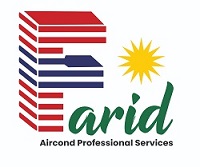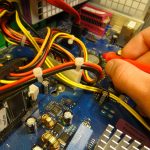destination at homes, offices, factories, and other facilities where electricity is utilized. This stage involves various applications, including lighting, heating, cooling, electronics, appliances, machinery, and industrial processes. Electrical wiring, outlets, switches, and control systems enable end-users to access and utilize electricity safely and efficiently.
Key components and technologies associated with electrical service include:
- Smart Grids: These advanced electrical grids integrate digital communication and control technologies to optimize the efficiency, reliability, and sustainability of electricity production and distribution. Smart grids enable real-time monitoring, remote control, and two-way communication between utilities and end-users.
- Renewable Energy Integration: Electrical service is increasingly incorporating renewable energy sources such as solar, wind, and hydroelectric power. Integration of these intermittent energy sources into the grid requires advanced technologies for energy storage, grid management, and demand response to maintain stability and reliability.
- Energy Storage: Energy storage technologies such as batteries, pumped hydro storage, and flywheels play a critical role in balancing supply and demand in electrical service. These technologies store excess energy during periods of low demand and release it during peak demand periods, helping to stabilize the grid and support renewable energy integration.
- Electrical Safety: Ensuring the safety of electrical service is paramount. This involves adherence to electrical codes and regulations, proper installation and maintenance of electrical infrastructure, implementation of safety protocols, and education of end-users on electrical safety practices.









